Finding Website Design Inspiration in Nature
September 2011
By The Craftsman

Website design inspiration can be found in any number of places, from art galleries and instruction books to online showcases and portfolios, just to name a few.
But to tap into one of the most profound and limitless sources of timeless design ideas, you must put down the books, step away from the keyboard and walk outside.
For any and every aspect of design, nature is the true master. After all, what human artist could surpass nature in its ability to mix colors, create textures, evoke emotion and balance form and function?
Color
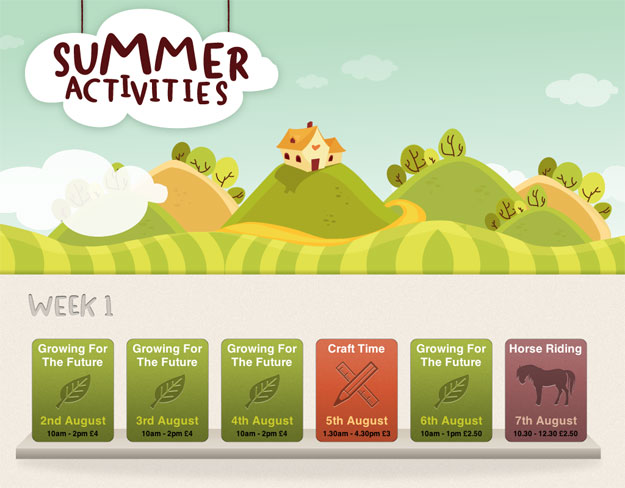
The challenge of striking the right balance of color and tone can test the mettle of even the most seasoned designer. There are many resources online that can help you experiment with color and try out palettes, but there is no better source to guide you than nature.
Nature has an uncanny ability to blend just the right tones and hues to achieve visual harmony. In the world around you, you can find a perfectly balanced palette to match every emotion, every mood and every purpose.
Drawing upon nature’s palettes can make your website just as unique as the landscape from which it takes its inspiration, providing a distinctive feel that will be a welcome breath of fresh air in comparison to the cold corporate websites your customers have grown tired of.
One of the best ways to use the colors found in nature is to create a palette based on a photograph. There are several web-based tools that allow you to do this. Simply upload an image, and these tools will automatically generate a palette that you can apply in your design.
Resources:
PHOTOCOPA:
http://www.colourlovers.com/photocopa
Color Hunter:
http://www.colorhunter.com/
Image to Color Palette Generator:
http://www.cssdrive.com/imagepalette/
Texture
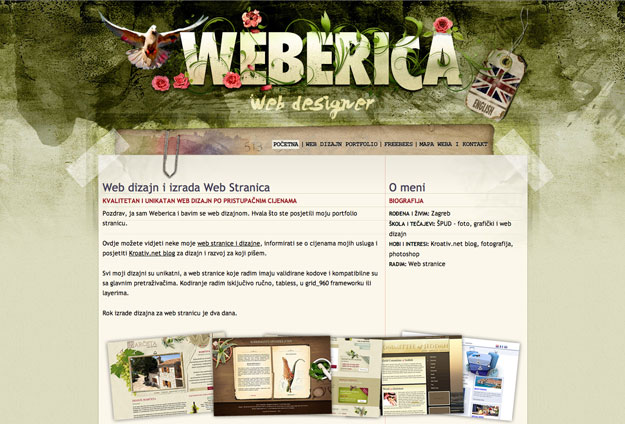
Nearly all textures found on the Web are designed to emulate real textures found in nature. When implemented in conjunction with typography, color and lighting, these textures create a browsing environment that feels more organic and engaging to the end user.
Textures also play a key role in interface design. Applying natural textures to page components such as buttons, sliders and forms can make them feel more tactile and provide important visual cues to guide users as they interact with your site, especially on touch-based platforms.
Resources:
Bittbox:
http://www.bittbox.com/category/freebies
Zen Textures:
http://zentextures.com
Image*After:
http://www.imageafter.com/textures.php
Mood
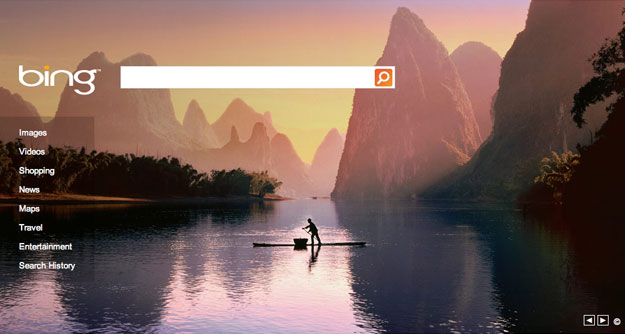
Nature can provide inspiration for any mood or mindset your web design strives to create.
When it comes to tone and emotion, nature covers the full spectrum. Fog and rain reflect sorrow or melancholy. Bright sun and blue skies convey joy, hope and purity. Wide-open landscapes and the infinite cosmos evoke a sense of adventure and excitement. And what says tranquility and peace better than the white sandy beaches of a Caribbean island?
Using natural scenery is an effective way to create an aura for your website. By employing large-scale images of beautiful landscapes as a focal point, you grab the user’s attention and immediately engage them emotionally. As soon as a visitor lands on your site, they step into an enticing virtual environment that compels them to explore deeper.
Utility

There’s much more to good website design than finding the right combination of colors and textures.
At its best, website design solves problems – finding the most effective ways to communicate a mission, to capture the essence of a brand, to tap into the psyche of a customer and to create want and desire.
Nature is unmatched in its capacity for solving problems. Nature designs things to work efficiently within the many particular nuances of the surrounding environment. Everything found in nature – from the tallest mountain to the tiniest microscopic organism – is designed in a specific way to accomplish a specific goal. To attract or to blend in. To shelter, to protect or to evade.
The same rules apply to good web design: every individual element must be planned and implemented to serve a specific purpose. In this way, nature serves as inspiration not only to designers but to architects and engineers as well.
Gallery of websites inspired by nature
huxleyprairiefest.com
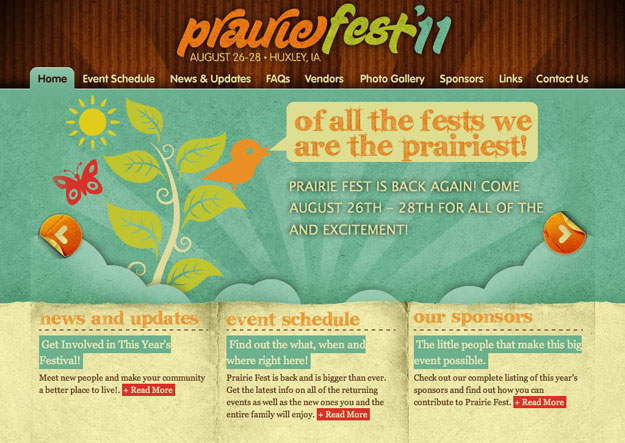
blueridgeparkway.org

eastpoint.org

enneasportswear.com
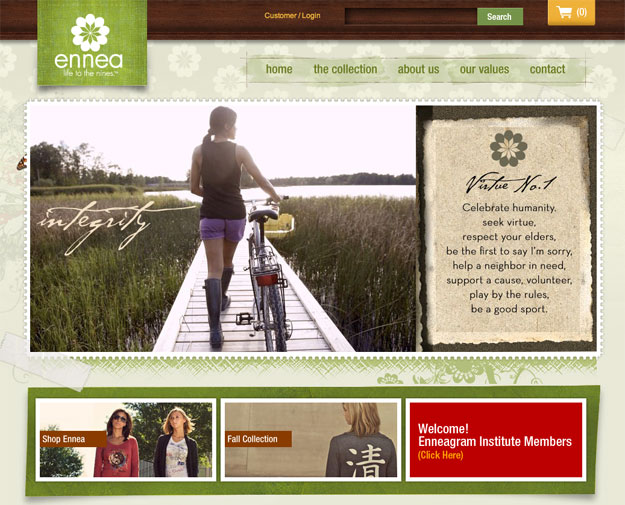
garnierbody.com.br

helpyourhabitat.org
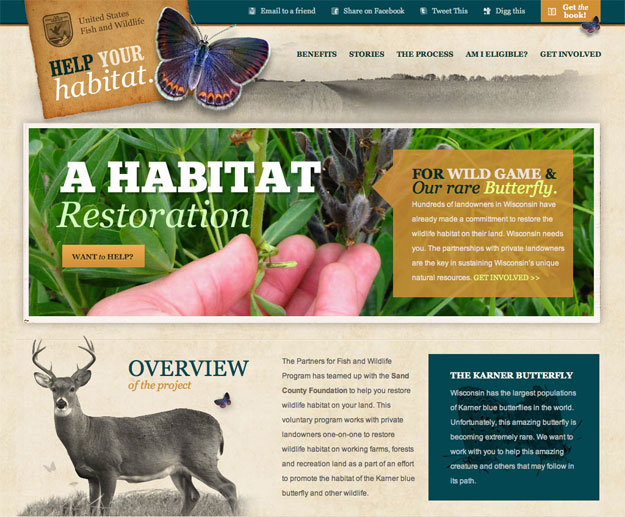
imaginamos.com
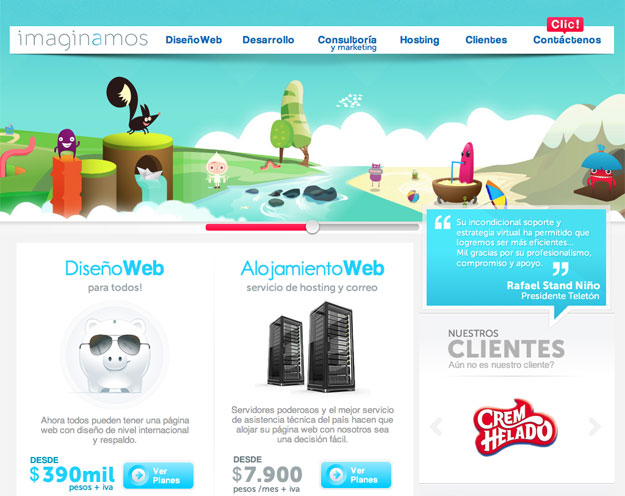
raisetheroofproductions.com

sproutlet.io

swissside.com
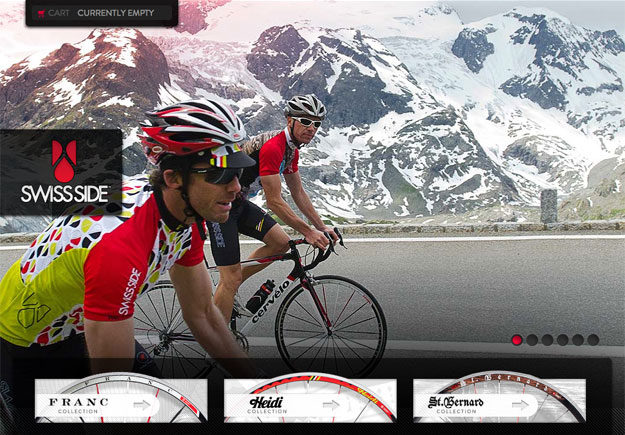
traderjoes.com
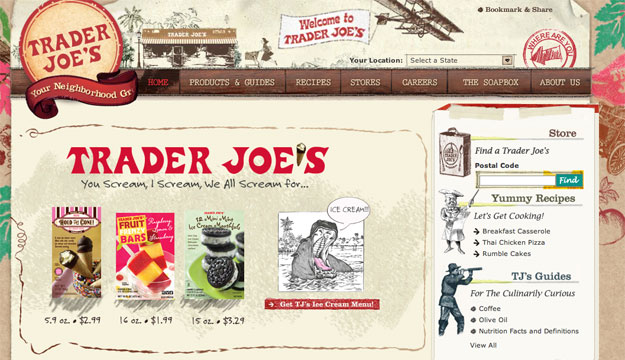
whitelotusaromatics.com
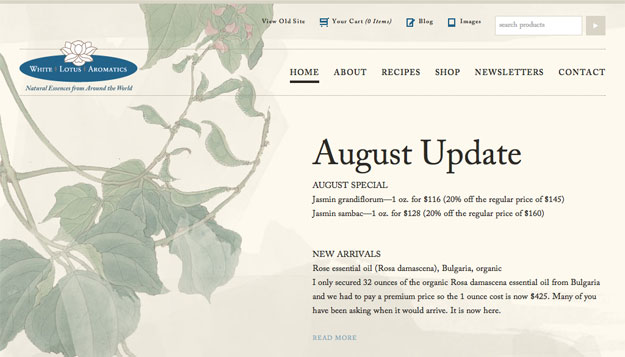
Fame Foundry's Craftsman works with passion and meticulous care building intuitive interfaces, modern style and refined aesthetic.